
Choosing a major in college can be challenging! Deciding to do a biology major, a chemistry major, and a biochemistry major in college involves considering their coursework, potential career prospects, and the future opportunities they can lead to. The popularity of biology, chemistry, and biochemistry majors in college can vary based on factors such as current trends, career opportunities, individual interests, and the unique strengths of each field. Their popularity can also be influenced by cultural and societal factors.
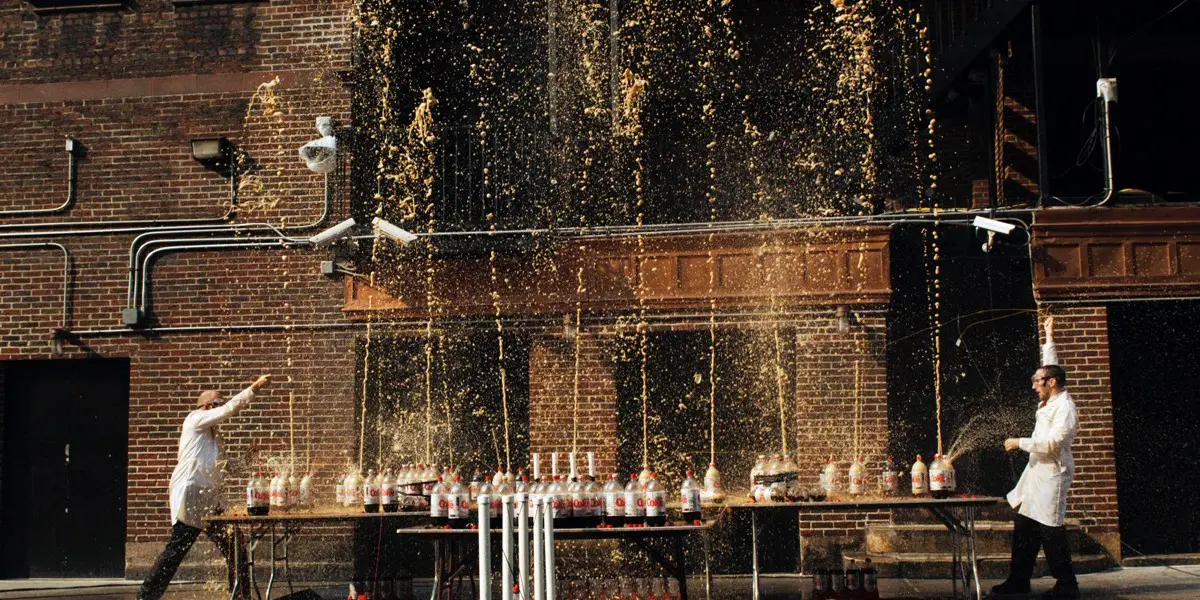
Chemical reactions happen around us all the time. These reactions occur when we cook or bake and even in our bodies, like when we breathe. Everyday objects are able to react and cause incredible reactions. Here are some easy science experiments you can create using things you can find around the house. Make sure you act safely during the experiment and have fun!
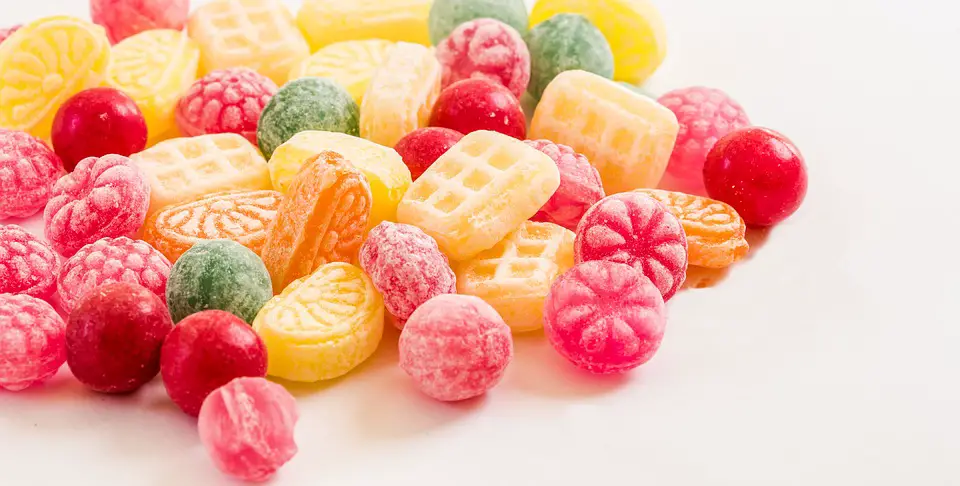
In this lesson, we explain about the biochemistry of glucose transporters GLUT and SGLT, their functions, and differences. Biochemistry, MCAT, and USMLE

You can probably find that phosphorus is the 15th chemical element if you look at a periodic table. You might also easily guess that it has the chemical symbol P. But what you may not know is that beyond these basics, there are many different applications of phosphorus that make it a significant part of our everyday lives.
Come learn about interesting factors about phosphorus with us!

Help, I smell like fish! Is this even possible?
Body odor is a fact of life. For many, this is a simple fix either through some deodorant or a quick shower, but for some unlucky few, a fishy odor always remain. This is none other than Fish Odor Syndrome, a rare genetic disorder also known as Trimethylaminuria (TMAU). Learn more about the biology behind Fish Odor Syndrome, the FMO3 gene, cures and treatments.

Lysosomal Storage Diseases: Tay-Sachs Disease vs Niemann-Pick DIsease: Similarities and differences for symptoms, causes, enzymes, biochemistry, inheritance, etc
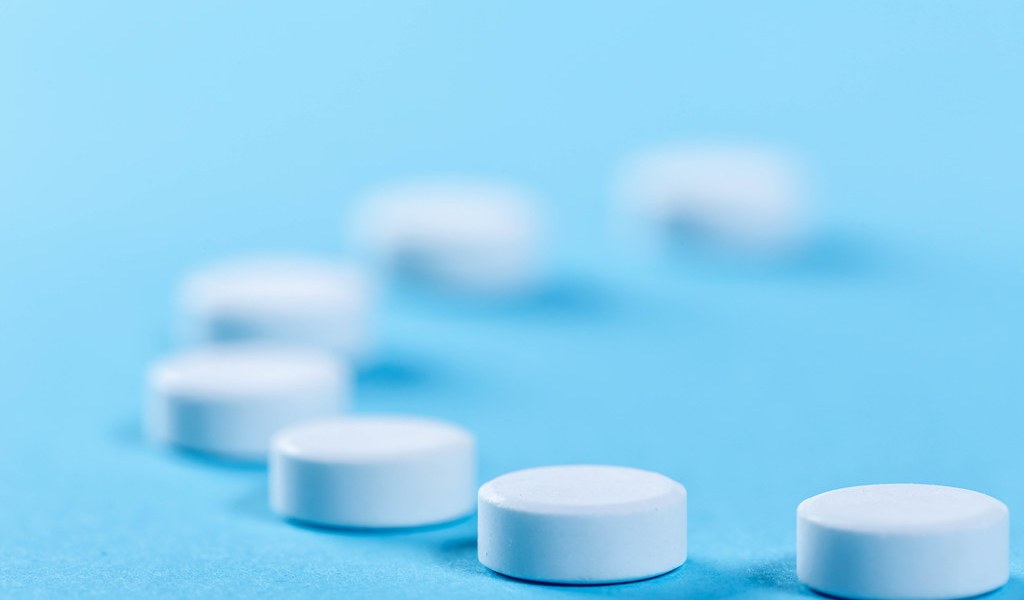
USMLE Lesson on Biochemistry Nutrition: Zinc Deficiency, the functions of zinc, including its role as zinc fingers transcription factor motifs, and zinc deficiency symptoms
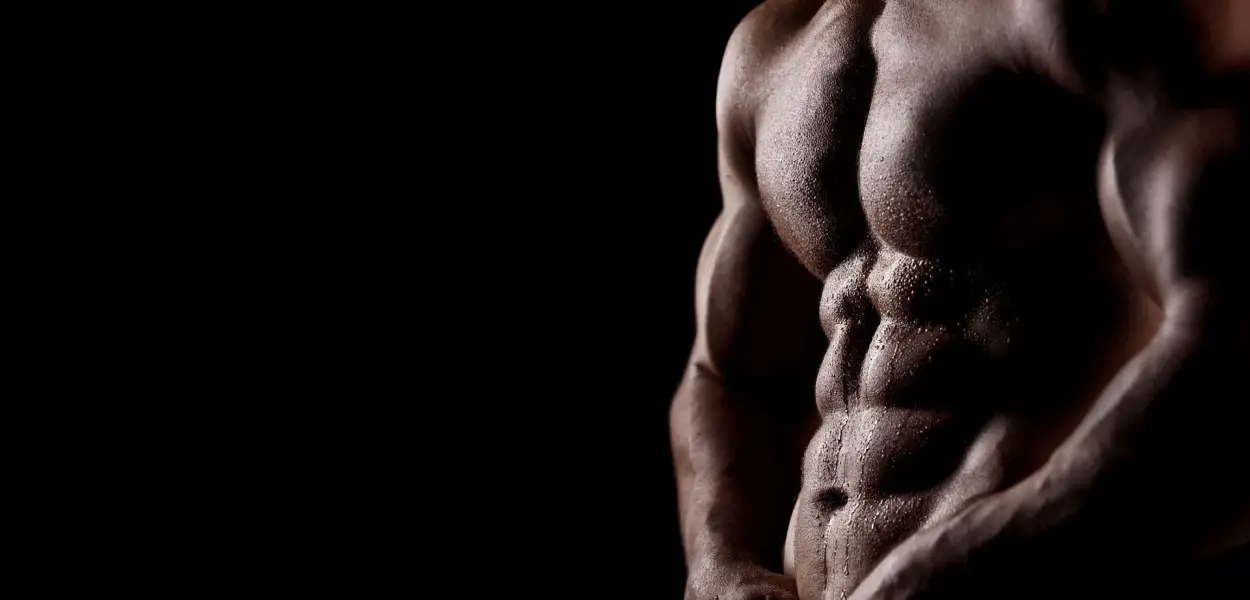
Differences between autocrine, paracrine, juxtacrine, and endocrine signaling. Quick easy lesson on Autocrine vs Paracrine vs Endocrine vs Juxtacrine Signaling.
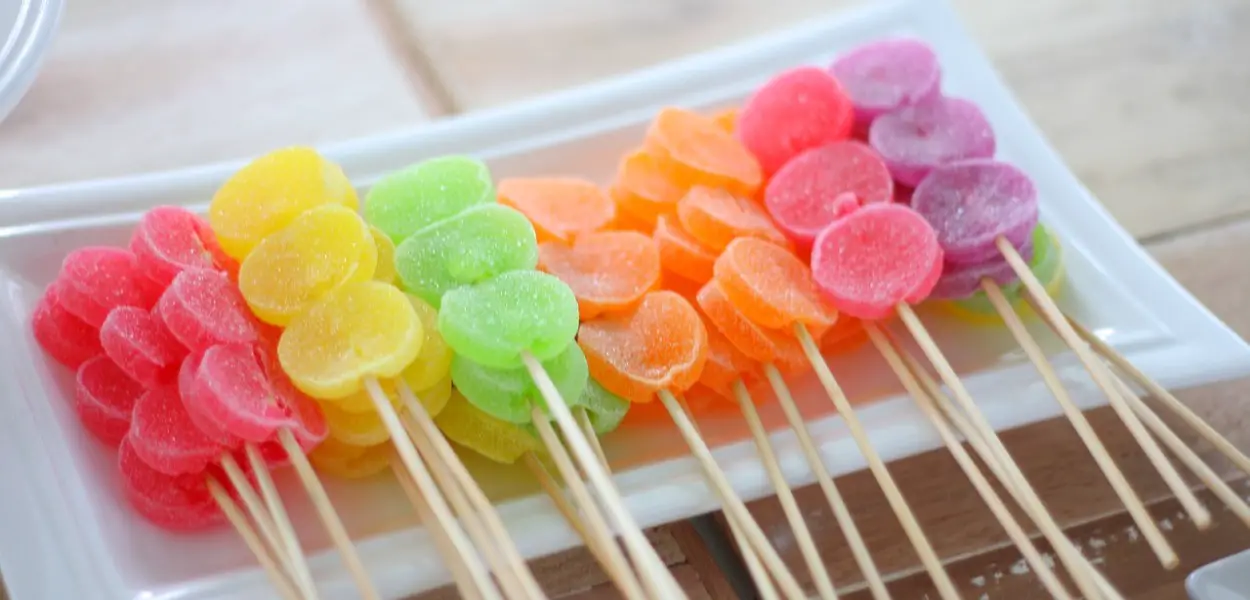
How is glucose transported into the blood? How is glucose taken up by red blood cells? In this easy-to-understand lesson, we explain the processes behind these questions.
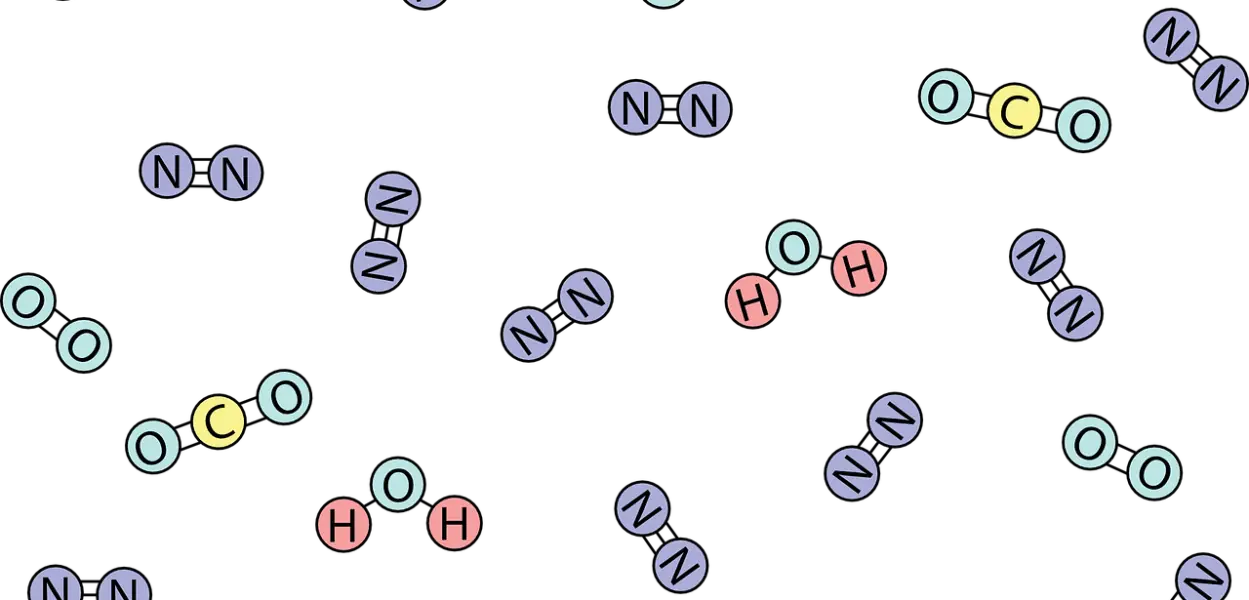
In this lesson, we explain what types of molecules can pass through the cell plasma membrane and what are the factors that determine whether a molecule can cross a cell membrane: Quick and Easy Explanation on the Cell Membrane
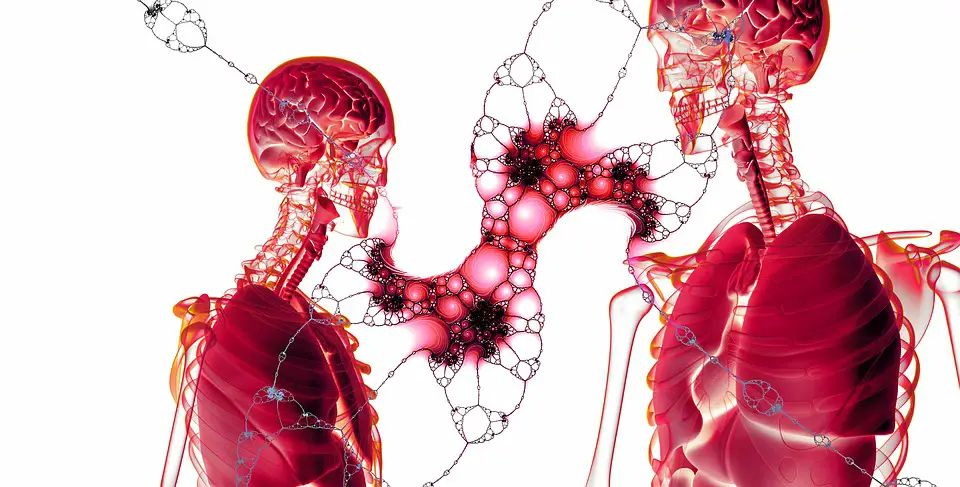
In this lesson, we explain the differences between flippase, floppase, and scramblase. Flippase vs Floppase vs Scramblase as lipid transporters in the cell membrane with Quick and Easy Explanation
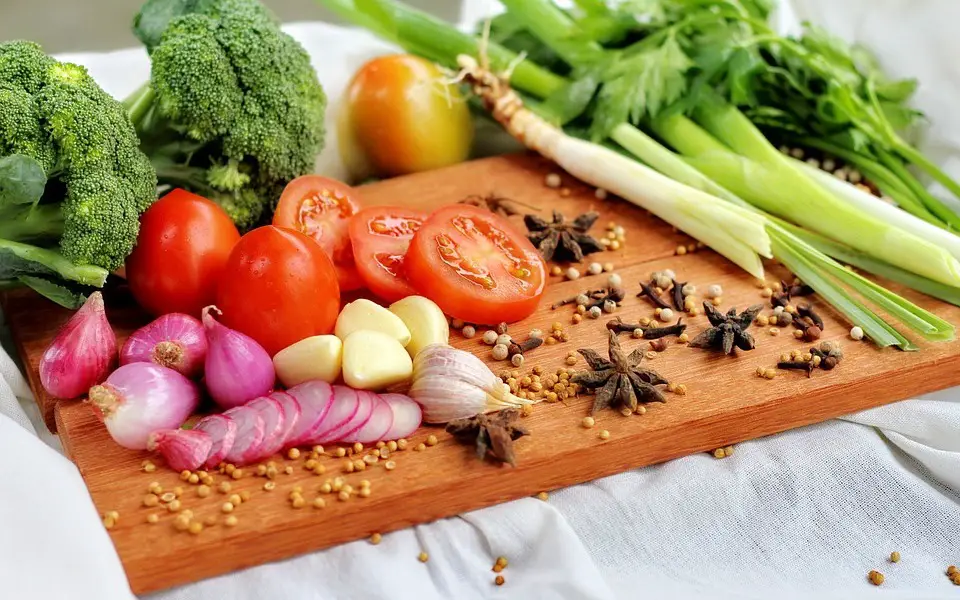
What is the difference between Kwashiorkor and Marasmus? USMLE protein-energy malnutrition diseases; we explain the differences, including causes, symptoms, comparative medical charts.
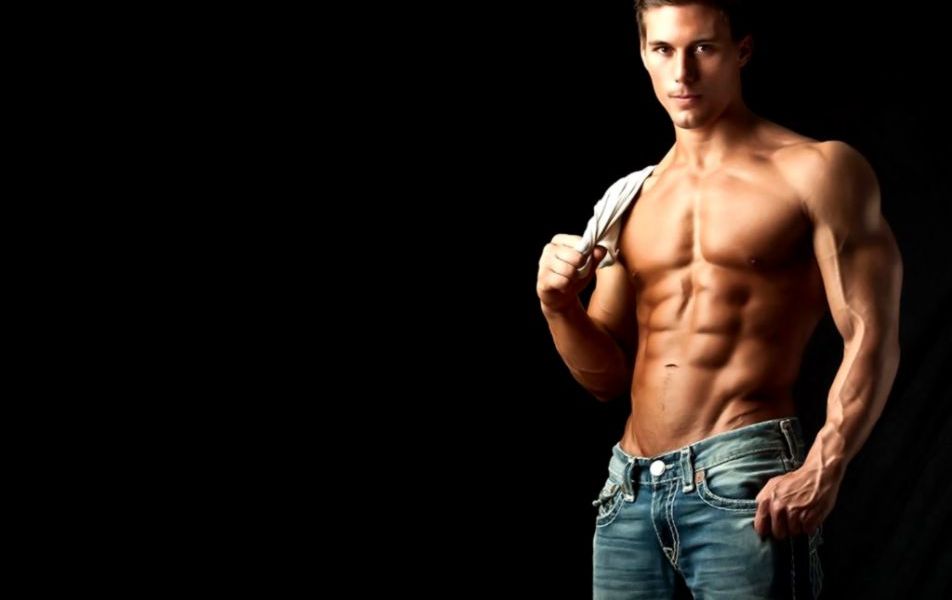
For the average person, washing their hair every day or every few days is a matter of hygienic preference rather than necessity. Unless their work or pastime brings them in contact with dirt or involves physical exertion, it is unlikely that their hair would go from being clean to truly dirty in the span of twenty-four hours.
So, what is the true science behind our “dirty” hair and the ingredients in our shampoo?
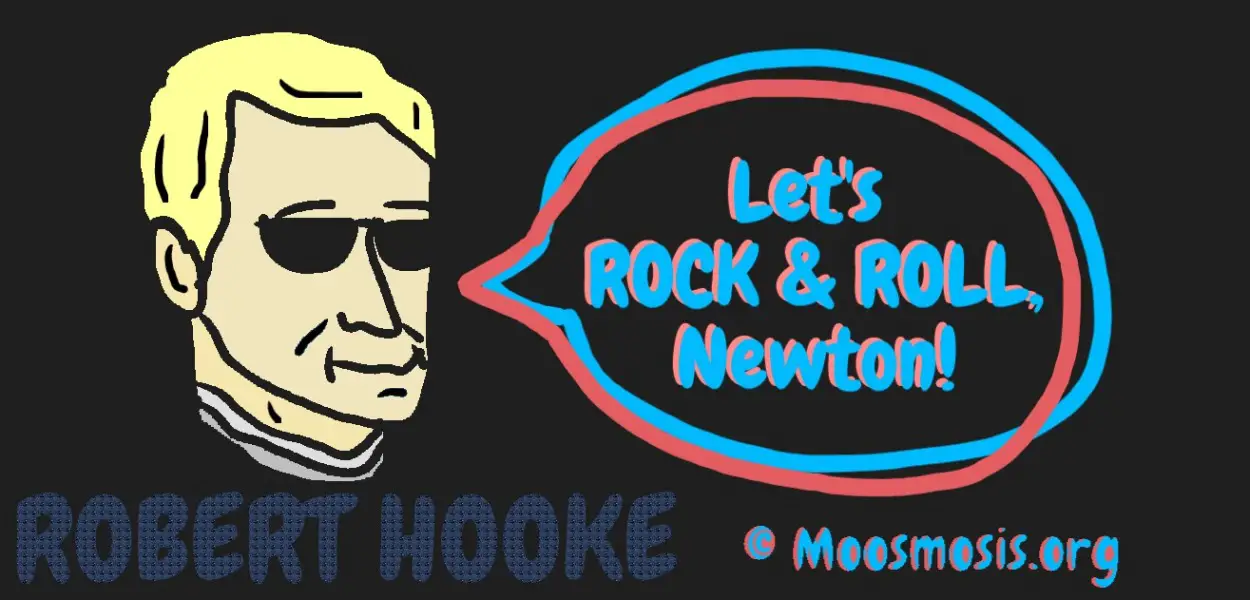
Free Science Lessons – Educational Learning Resources and Lessons on Science created by Students, for Students! Free Science Subjects on Biology, Chemistry, Physics, and more!
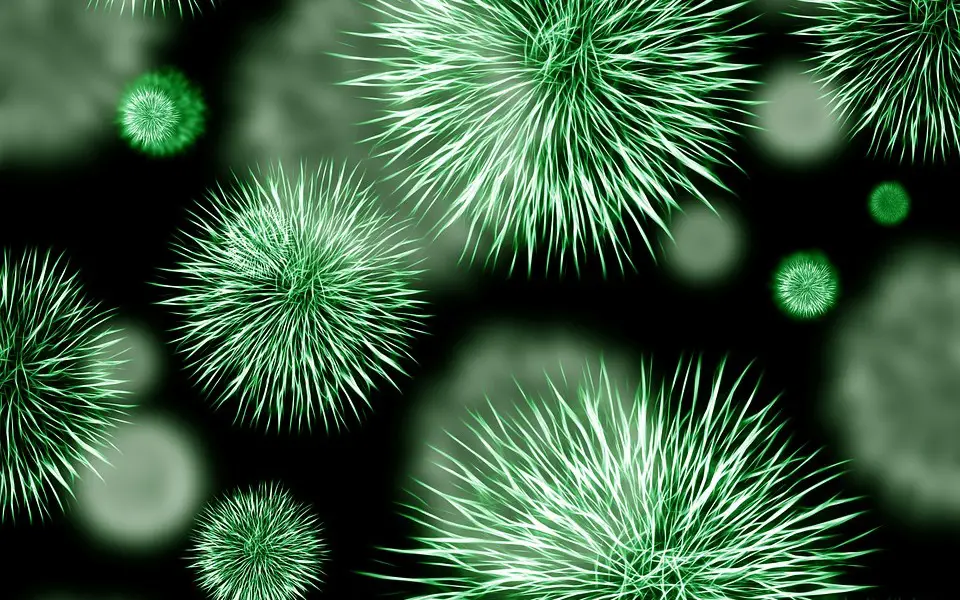
How does DNA transcription work in bacteria and prokaryotes? In this lesson, we explain how bacterial transcription works and its 3 basic steps: initiation, elongation, and termination.

























